

Food & Agriculture Thought Leaders Share Their Insights
Read Our Insights
Insights provide an opportunity to share important views, perspectives, research and opinions about current food and agriculture topics.
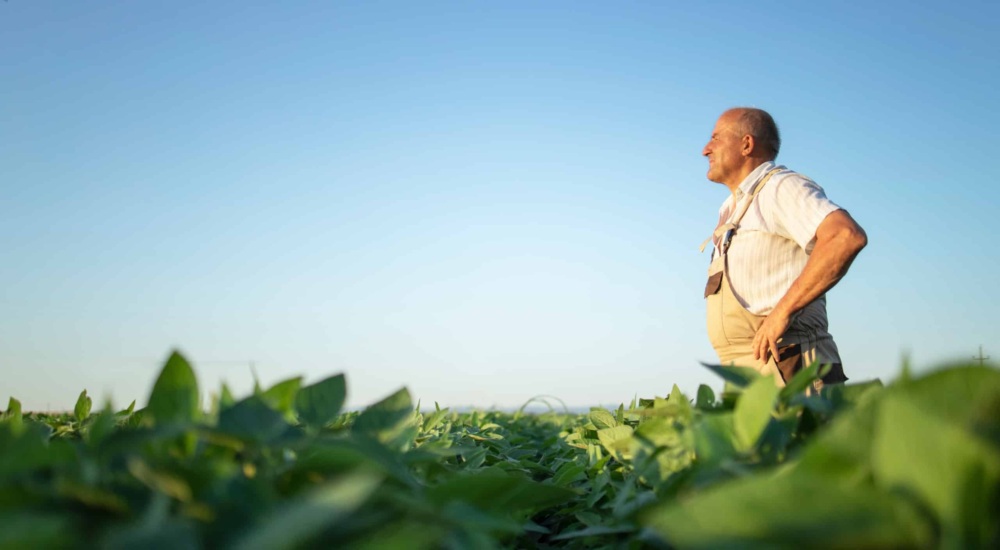
Benefitting American Farmers
Understand how we leverage federal investment and help ensure U.S. competitiveness.
FFAR unveils a research strategy. Read more.
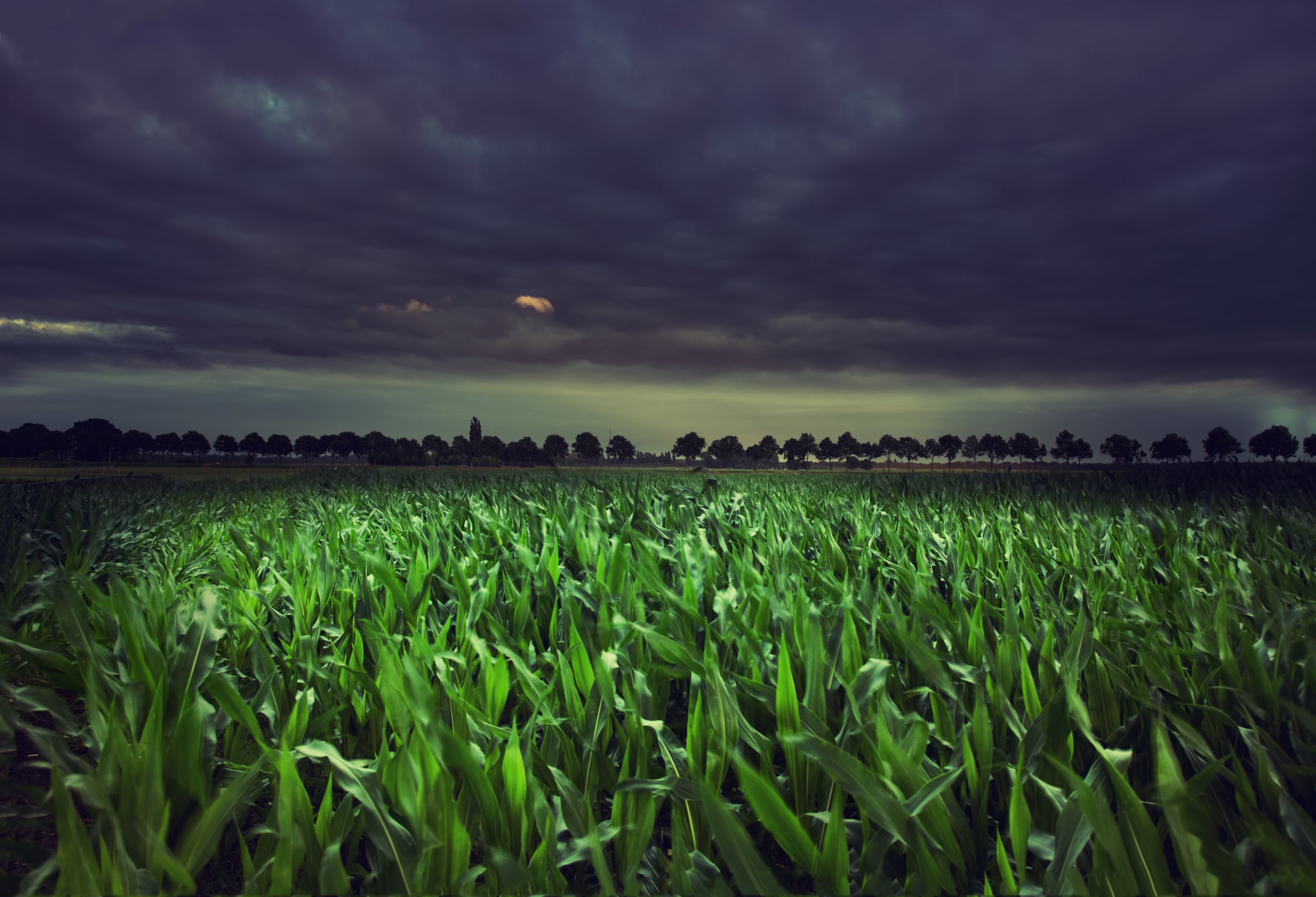
Our Research Addresses Critical Priority Areas
Our bold research in each Priority Area advances solutions to complex agriculture issues and challenges that farmers currently face.
Check out our Open Opportunities
- Cultivating Thriving Production Systems
- Sustaining Vibrant Agroecosystems
- Bolstering Healthy Food Systems
- Strengthening the Scientific Workforce
FFAR Intro Video
Check out FFAR’s Full Video Catalogue .

We invest in research that produces actionable results, which benefit farmers, consumers and the environment. Our research results are publicly available.
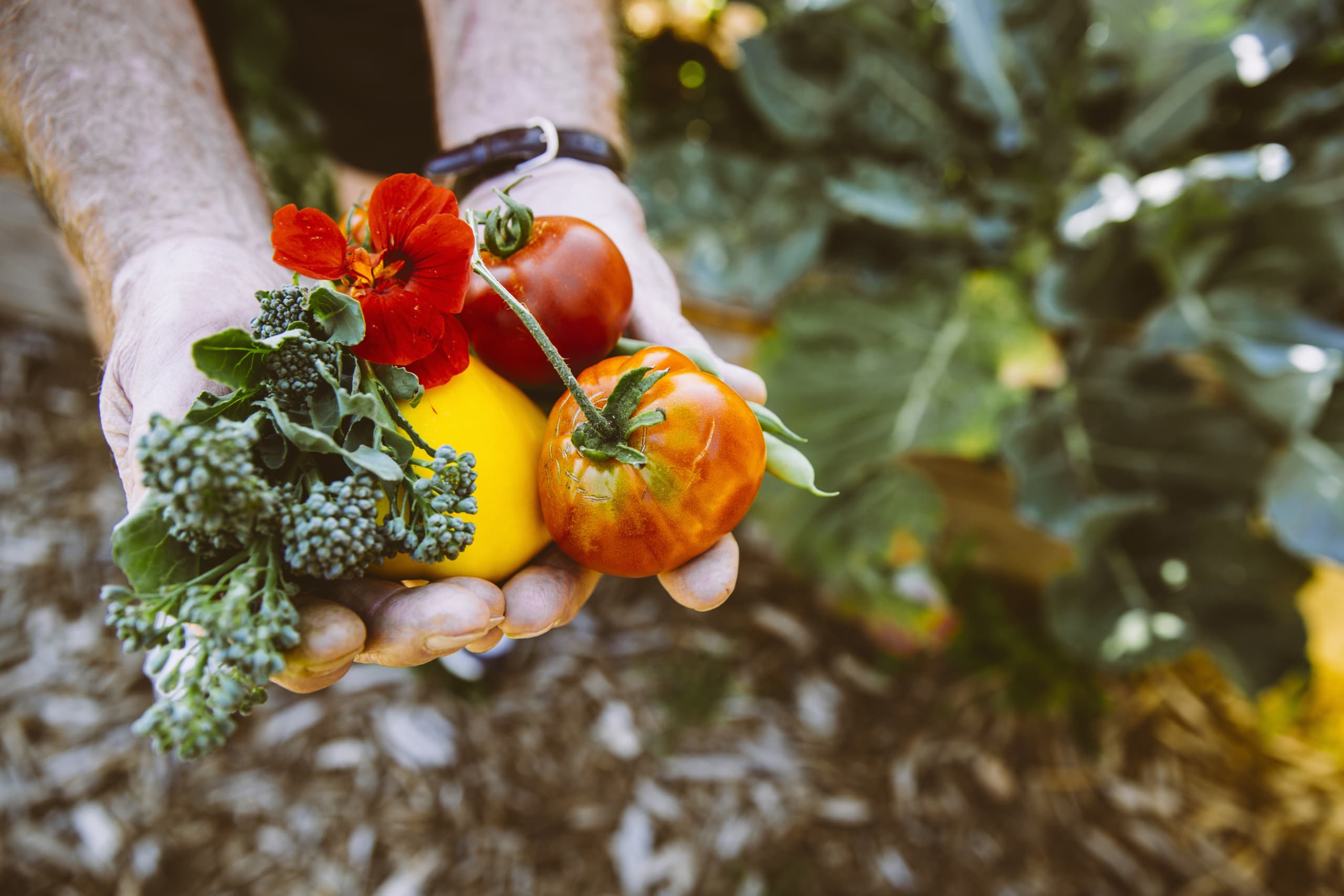
- 400+ grants awarded
- 1:1.4 ratio of FFAR funding to matching funds
- 550+ funding partners
Results That Go FFAR
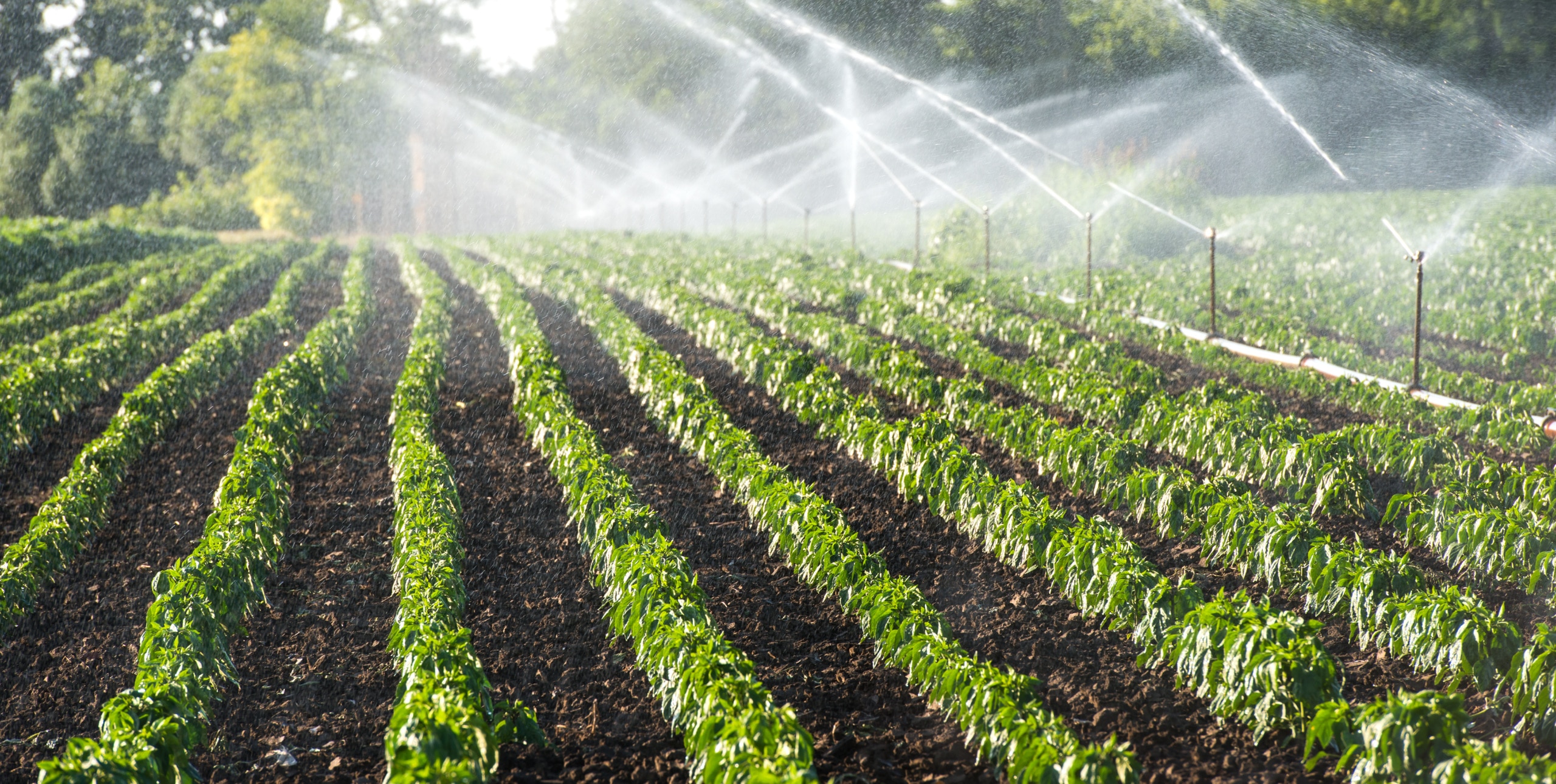
Our Breakthroughs outline findings and successes resulting from FFAR-funded research.
See all Breakthroughs
New Study Shows AI & Supercomputing Can Quantify Greenhouse Gas Emissions from Individual Farms
Breakthrough for FFAR Grant Quantifies Organic Carbon to Improve Agricultural Productivity
A new study shows artificial intelligence and supercomputing can quantify greenhouse gas emissions from individual farms.
Loyalty Shopper Card Intervention Creates Behavior Change
Breakthrough for Individually-targeted incentives, diet quality and health outcomes among adults
Researchers used an individual’s past food choices to inform the targeted food incentives, creating behavior change and improving food quality purchases.
Developing an Extensive Database of US Groundwater Wells
Breakthrough for Achieving Sustainable Groundwater Management Through Innovative Governance & Optimal Agricultural Water Use Under Conflicting Objectives
Dr. Landon Marston and his research team created the Database of Groundwater Wells in the United States, a major undertaking compiling records of over 14 million groundwater wells across the United States that is a crucial decision-support tool for improving groundwater management and conservation.
Our Insights highlight unique perspectives from across the food and agriculture community.
See all Insights
November 12, 2024
The Importance of Healthy Indigenous Food Systems & How to Improve Them

Dr. Michael Kotutwa Johnson
Assistant Professor - Indigenous Resiliency School of Natural Resources & the Environment Indigenous Reliance Center University of Arizona
October 15, 2024
The Aim For Healthy, Productive & Environmentally Friendly, Southeastern Beef Calves
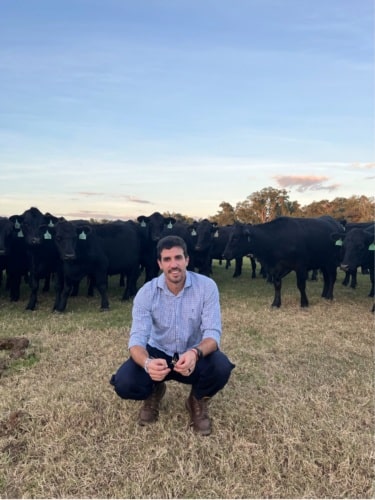
Federico Tarnonsky
FFAR Fellow (2022-2025), University of Florida
September 26, 2024
Using Artificial Intelligence to Calculate GHGs at the Individual Farm Level

Dr. Kaiyu Guan
University of Illinois Urbana-Champaign
September 24, 2024
Data for Dairy: Research to Guide Farmers in Their Sustainability Journey

Reza Afshar
Vice President, Soil, Feed and Water Research at Dairy Management Inc.
September 19, 2024
Time Teaches Biosecurity Importance

Kevin Schulz
Editor, The Farmer/Farm Progress
September 11, 2024
Greener Cattle Initiative is Game Changer for Dairy’s Future

Dr. Juan Tricarico
Senior Vice President, Environmental Research, Dairy Management Inc.
August 22, 2024
Entrepreneur Attributes Kirchner HBCU Fellowship to Career Success

Kwame Terra MPH
Kirchner Fellowship HBCU 2021 Cohort
August 9, 2024
Reducing Enteric Methane Emissions from Dairy Cattle

Dr. Francisco Peñagaricano and Dr. Guillermo Martinez Boggio
August 1, 2024
Building Diversity & Inclusion in the Agriculture Technology Venture Capital Industry

LaKisha Odom, Ph.D.
Scientific Program Director Sustaining Vibrant Agroecosystems
July 22, 2024
Advancing Ecosystem Service Markets for Sustainable Farming
LaKisha Odom & DJ May
April 9, 2024
A Place for Everyone in Agriculture
Dr. LaKisha Odom & Jocelyn Hittle
January 11, 2024
Let’s Raise a Glass on National Milk Day to the Power of Agriculture Research

Krysta Harden
President and CEO U.S. Dairy Export Council
November 28, 2023
Building Team Chemistry: The Bigger Picture Behind Cows & Climate
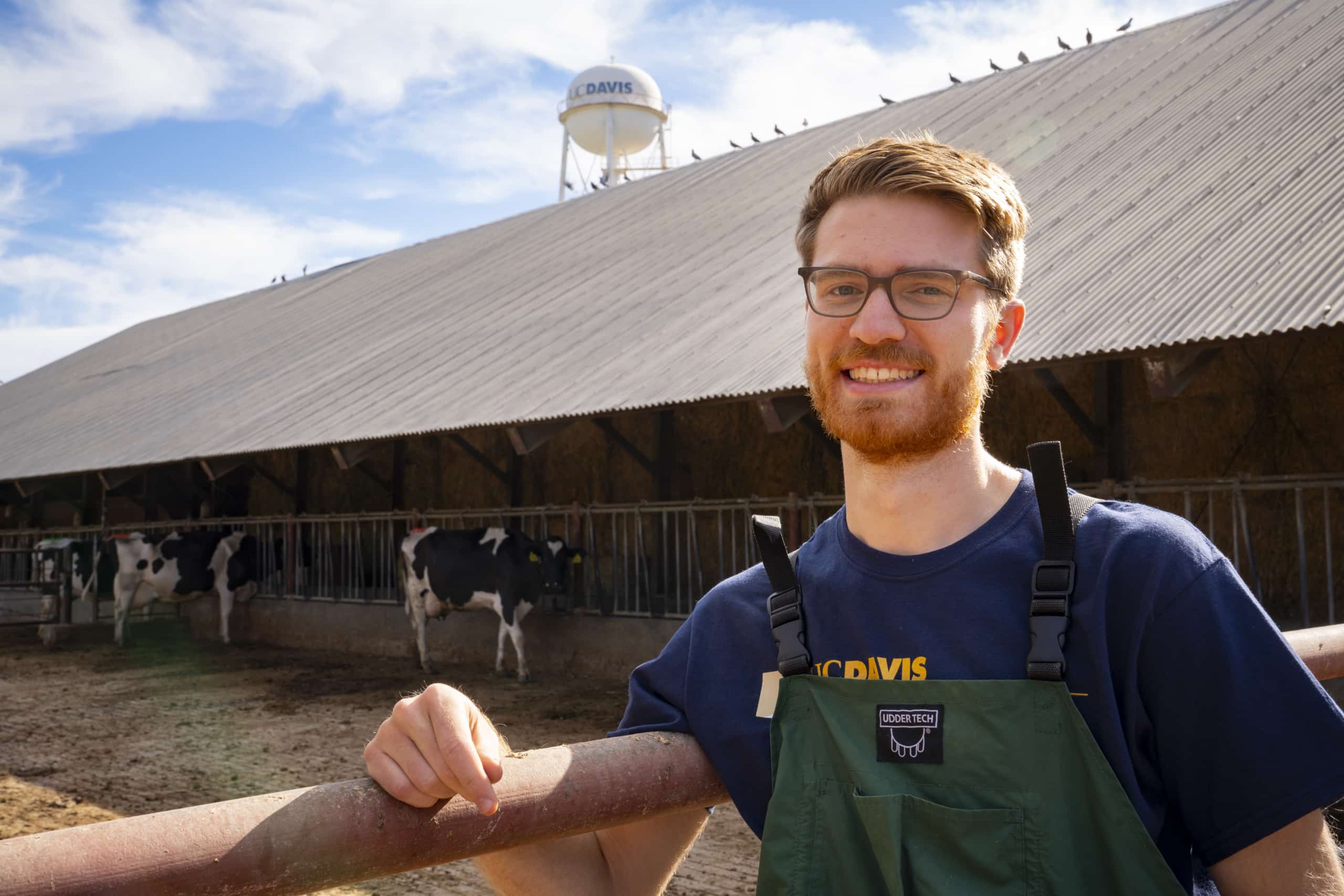
Conor McCabe
Animal Biology Graduate Student, UC Davis
November 16, 2023
Insight on Livestock Methane Mitigation

Dr. Rod Mackie, Professor, Department of Animal Sciences at the University of Illinois Urbana-Champaign
Champaign, IL
October 19, 2023
Finding a New Way to Control Weeds in Cotton.
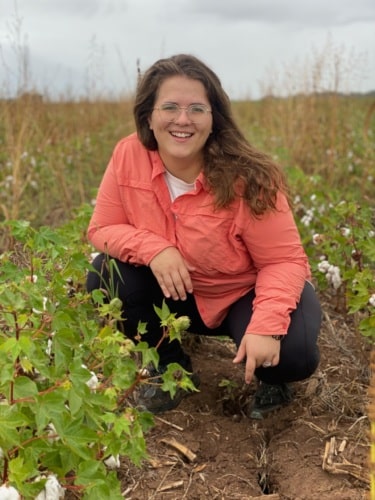
FFAR Fellow, Texas A&M University
October 9, 2023
Indigenous Farmers are Leading a “New Green Revolution” Focused on Hemp
James DeDecker, Director, Michigan State University – Upper Peninsula Research and Extension Center Mary Donner, Little Traverse Bay Bands of Odawa Indians – Ziibimijwang Farm Executive Director and Tribal Citizen
September 28, 2023
Filling the Hemp Research Gap
Dr. Saharah Moon Chapotin & Eric Hurlock
August 30, 2023
Protecting the Vidalia Onion

Sujan Paudel
FFAR Fellow
August 2, 2023
Irrigation’s Role in Ensuring Global Food Security
Luke Reynolds
Irrigation Association
July 20, 2023
The “Good Soil Discount” — A Game Changer for U.S. Agriculture

Harley Cross
Land Core Co-founder & Director of Strategy
The latest news and updates from FFAR.
See all News
December 18, 2024
FFAR Grant Seeks to Decrease Corn Inputs, Increases Climate Resiliency
December 17, 2024
Seeding Solutions Grant Supports Transition to Sustainable Almond Production
December 12, 2024
Seeding Solutions Grant Helps Develop Corn Resistant to Fungal Disease
December 11, 2024

Funding Opportunity Drives Innovation & Commercialization in Sustainable Packaging for Specialty Crop Exports
December 10, 2024
SHIC/FFAR Fund Six Japanese Encephalitis Virus Research Projects
December 4, 2024
FFAR & OCP North America Announce Fertilizer Fellowship Awardees & Grant Opportunity
November 25, 2024
Grant Improves Hemp Fiber Processing & Quality
November 20, 2024
FFAR & Danone North America Announce Grant Opportunity to Support Regenerative Agriculture
November 18, 2024
FFAR Research Addresses On-Farm Bird Flu Outbreaks Linked to Wild Waterfowl
November 13, 2024
Danone Insititute North America Accepting Grant Proposals for Sustainable Food Systems Initiatives
November 6, 2024
SHIC, FFAR & Pork Checkoff Announce H5N1 Risk to Swine Research Program & RFP
October 31, 2024
ROAR Funding Protects Strawberries from Dangerous Pathogen
October 30, 2024
Efficient Fertilizer Consortium Seeks Research to Evaluate Enhanced Efficiency Fertilizer Impact Globally
October 29, 2024
FFAR’s Dr. LaKisha Odom Selected for Two Prestigious Agriculture Industry Awards
October 23, 2024
FFAR Aims to Help Farmers Manage Manure More Sustainably & Profitably
October 21, 2024
Seeding Solutions Grant Promotes Clean Water Through Performance-Based Financing
September 30, 2024
USDA and FFAR Announce Innovation Challenge Projects Aimed at Catalyzing Transformative Research Solutions
September 18, 2024
FFAR Seeding Solutions Grant Evaluates the Benefits of Converting Row Crops to Perennial Forage Systems
September 16, 2024
Seeding Solutions Grant Provides Decision Support Tool for Extreme Weather Events
September 10, 2024
Seeding Solutions Grant to Preserve Groundwater and Economically Benefit Growers
Want to do more to support our pioneering research.
- Get Involved
Subscribe to our newsletter for the latest updates.
Email address Submit
Follow FFAR
What is the Agriculture and Food Research Initiative?
Afri explained: what afri does and why it matters.
- Share via Twitter
- Share via Facebook
- Share via Email
The Agriculture and Food Research Initiative (AFRI) is the USDA’s flagship competitive research program for the agricultural sciences. AFRI research, extension, and education grants enable researchers across the country to make progress on pressing agriculture-related issues, facilitate the transfer of research findings to producers, and support the continued development of a skilled food and agricultural workforce.
Agricultural research and development (R&D) programs like AFRI are critical to addressing agronomic, environmental, and public health challenges such as climate mitigation , nutrition, and biosecurity. As US farmers continue to face variable climate conditions, R&D is a vital component of ensuring that food, fiber, and fuel demands are met in the coming decades. To support U.S. farmers in producing more on less land and with less greenhouse gas emissions, federal investments in emerging technological innovations are imperative.
What is AFRI?
AFRI was established as part of the National Institute of Food & Agriculture (NIFA) in the 2008 Farm Bill and was most recently reauthorized in the 2018 Farm Bill. As the largest federal program providing competitive grants for fundamental research, applied research, extension, and education in food and agriculture, AFRI is a critical source of funding for a wide array of institutions, including universities, government agencies, and private companies. Fundamental research grants account for 60 percent of AFRI’s funding. AFRI grants must, where appropriate, be consistent with the aim to develop sustainable agriculture systems, and the Farm Bill directs AFRI’s grantmaking activities to focus on the following priority areas:
- Plant Health and Production and Plant Products
- Animal Health and Production and Animal Products
- Food Safety, Nutrition, and Health
- Bioenergy, Natural resources, and Environment
- Agriculture Systems and Technology
- Agriculture Economics and Rural Communities
Dedicated research programs guide AFRI’s work across these priority areas. The Foundational and Applied Science (FAS) program is the largest and invests in projects focused on making plant and animal production systems more sustainable, productive, and economically viable. AFRI also awards grants through its Education and Workforce Development program and the Sustainable Agriculture Systems (SAS) program.
AFRI’s SAS program explicitly links the need for both sustainable agricultural intensification and agricultural climate adaptation by funding projects from transdisciplinary teams focused on systems approaches that promote transformational changes in US food and agriculture. The program seeks to advance projects with the long-term goal of increasing American agricultural production while reducing its environmental footprint.
Eligibility to receive integrated AFRI grants that combine research, education, and extension are restricted to only colleges and universities. Single function projects (research, education, or extension only) are available to a wider range of entities, including state agriculture experiment stations, colleges and universities, federal agencies, national laboratories, and private and nonprofit organizations. In 2019, 43 percent of awarded grants went toward integrated research projects.
What research does AFRI support?
Since its creation in 2008, AFRI has distributed more than $3 billion to advance research, education, and extension projects nationwide and has funded over 5,000 project applications.
AFRI is one of the largest contributors of federal public research funding for climate mitigation activities. Within AFRI, most mitigation-related funding falls under the SAS program. According to Breakthrough’s analysis , about 30% of the SAS program’s total funding has been directed to mitigation-related projects, accounting for 57% of AFRI’s mitigation-related funding since 2019.
Past AFRI research has resulted in direct benefits for agricultural producers and the environment across conventional, organic, and urban agricultural systems. Recently funded AFRI projects can be found on the NIFA’s website . A few notable examples spanning a variety of topic areas include:
- Sustainable meat and dairy production – AFRI grants have funded research on innovations with the potential to cut the carbon footprint of U.S. meat and dairy production. For example, the University of Missouri received AFRI funding to genotype and phenotype over 8,000 cattle from eight major U.S. beef breeds. The project identified variation in the primary genes responsible for improved feed efficiency with the goal of improving the greenhouse gas emissions and economic sustainability of beef operations through marker-assisted cattle selection. Methane-reducing feed additives are another innovation with climate mitigation potential for the U.S. beef industry. An AFRI SAS grant funded a study at Colby College regarding the efficacy, safety, feasibility, and consumer perceptions of algae-based feed additives for U.S. dairy cattle. The project aims to intensify U.S. dairy production by improving milk yields and reducing greenhouse gas emissions.
- Alternative protein production – Tufts University received $10 million in AFRI SAS funding to establish the National Institute for Cellular Agriculture. The project aims to enhance food sustainability, nutrition, and food security through cultivated meat production. Increased federal investment in similar research projects focused on plant-based meat and cellular agriculture research will be crucial if the U.S. hopes to lead the world in the emerging global alternative protein market . Through increased research and innovation, a scaled U.S. alternative protein industry stands to both foster economic development across the value chain and provide climate mitigation potential .
- Fertilizer use efficiency – The University of Wisconsin-Madison received AFRI funding to better understand and improve the process of nitrogen fixation in a specific corn variety found in Mexico. Results could have applications for developing commercial corn varieties that require less fertilizer application to increase food production and reduce nitrogen runoff, all without augmenting land use.
- Precision agriculture – North Carolina State University received $10 million in AFRI SAS funding to support a coalition of university, non-profit, and government scientists across 35 institutions to increase commodity crop profitability, resilience, and sustainability by enhancing the effectiveness of cover crop-based conservation tillage systems and associated technologies.
How is AFRI Funded?
AFRI is authorized in the Farm Bill and funded through discretionary spending, subject to annual appropriations by Congress. While the 2018 Farm Bill reauthorized AFRI to be funded at $700 million a year, the program has always been given substantially less.
In response to AFRI being funded below its authorized level, the AFRI Coalition, of which Breakthrough is a member, brings together research institutions, scientific societies, and other food and agricultural stakeholders in support of increased investments in AFRI each year. The coalition advocated for Congress to fund AFRI at its full $700 million annual authorization level in the fiscal year 2023. Beyond its participation in the AFRI Coalition, Breakthrough regularly seeks out additional legislative opportunities to boost agricultural R&D funding to fight climate change and reduce agriculture-related emissions.
Key Takeaways
- AFRI’s broad portfolio of competitive grants supports research, extension, and education at state agriculture experiment stations, colleges and universities, federal agencies, national laboratories, and private and nonprofit organizations. Funded projects focus on 6 priority areas established by the Farm Bill and seek to advance solutions related to climate change adaptation and mitigation, farm efficiency and profitability, food safety and traceability, supply chain resiliency, biotechnology, rural economic prosperity, and a diverse research workforce.
- Past AFRI research has resulted in direct benefits for agricultural producers and the environment across conventional, organic, and urban agricultural systems. U.S. farmers and ranchers facing increasingly variable climate conditions stand to reap important benefits from AFRI research with the potential to improve their adaptability, productivity, and competitiveness on the global scale.
- AFRI is authorized in the Farm Bill and subject to annual appropriations by Congress. While the 2018 Farm Bill reauthorized AFRI to be funded at $700 million a year, the program has always been given substantially less.

Emily Bass is Federal Policy Manager for the Food and Agriculture program at Breakthrough
Related Articles
Federal agriculture innovation funding rose this year, but still lags, american national competitiveness and the future of meat, the world’s first genetically engineered wheat is here.
Journal of Agriculture and Food Research

Subject Area and Category
- Agricultural and Biological Sciences (miscellaneous)
- Agronomy and Crop Science
- Food Science
Elsevier B.V.
Publication type
Information.
How to publish in this journal
The set of journals have been ranked according to their SJR and divided into four equal groups, four quartiles. Q1 (green) comprises the quarter of the journals with the highest values, Q2 (yellow) the second highest values, Q3 (orange) the third highest values and Q4 (red) the lowest values.
The SJR is a size-independent prestige indicator that ranks journals by their 'average prestige per article'. It is based on the idea that 'all citations are not created equal'. SJR is a measure of scientific influence of journals that accounts for both the number of citations received by a journal and the importance or prestige of the journals where such citations come from It measures the scientific influence of the average article in a journal, it expresses how central to the global scientific discussion an average article of the journal is.
Evolution of the number of published documents. All types of documents are considered, including citable and non citable documents.
This indicator counts the number of citations received by documents from a journal and divides them by the total number of documents published in that journal. The chart shows the evolution of the average number of times documents published in a journal in the past two, three and four years have been cited in the current year. The two years line is equivalent to journal impact factor ™ (Thomson Reuters) metric.
Evolution of the total number of citations and journal's self-citations received by a journal's published documents during the three previous years. Journal Self-citation is defined as the number of citation from a journal citing article to articles published by the same journal.
Evolution of the number of total citation per document and external citation per document (i.e. journal self-citations removed) received by a journal's published documents during the three previous years. External citations are calculated by subtracting the number of self-citations from the total number of citations received by the journal’s documents.
International Collaboration accounts for the articles that have been produced by researchers from several countries. The chart shows the ratio of a journal's documents signed by researchers from more than one country; that is including more than one country address.
Not every article in a journal is considered primary research and therefore "citable", this chart shows the ratio of a journal's articles including substantial research (research articles, conference papers and reviews) in three year windows vs. those documents other than research articles, reviews and conference papers.
Ratio of a journal's items, grouped in three years windows, that have been cited at least once vs. those not cited during the following year.
Evolution of the percentage of female authors.
Evolution of the number of documents cited by public policy documents according to Overton database.
Evolution of the number of documents related to Sustainable Development Goals defined by United Nations. Available from 2018 onwards.
Leave a comment
Name * Required
Email (will not be published) * Required
* Required Cancel
The users of Scimago Journal & Country Rank have the possibility to dialogue through comments linked to a specific journal. The purpose is to have a forum in which general doubts about the processes of publication in the journal, experiences and other issues derived from the publication of papers are resolved. For topics on particular articles, maintain the dialogue through the usual channels with your editor.

Follow us on @ScimagoJR Scimago Lab , Copyright 2007-2024. Data Source: Scopus®

Cookie settings
Cookie Policy
Legal Notice
Privacy Policy
International Journal of Agriculture and Food Sciences Research

International Journal of Agriculture and Food Sciences Research (IJAFSR), a peer-reviewed open access journal published in English-language, provides an international platform for the publication and dissemination of original work that contributes to the understanding of the main and related disciplines of agriculture, forestry, fisheries, food science and technology either empirical or theoretical. The journal covers the whole spectrum of agriculture, forestry and fisheries, nutrition sciences, food science and technology, and more.
Aims & Scope
The topics related to this journal include:
Indexing & Abstracting

- Development and Evaluation of a Novel Fish-Derived Protein Peptide Conditioner Formulated with Pneumatophorus japonicus Heads Peptides 62
- A study on the Process of Containing Tablets from the Rind of Small-Grain Coffee in Yunnan, China 54
- Effect of Soil Fertility on the Growth Characteristics of Two Young Trees of the Neem Family 27
- The Key Points of Rice Cultivation Technology and Integrated Pest Management Research in Dongtai City, Jiangsu Province 20
- Progress in Ecosystem Services Research Under the Evolution of Land Use Landscape Patterns 20
IJAFSR Template
Quick Links
International Journal of Agriculture and Food Sciences Research (IJAFSR) ISSN: 3006-7685 (Print), ISSN: 3006-3736 (Online) [email protected]


IMAGES
COMMENTS
The Journal of Agriculture and Food Research is a peer-reviewed open access journal focusing on research in the agricultural and food sciences. The journal welcomes full length research articles, reviews, short communications, perspectives, and commentaries from researchers in academic …
Dec 17, 2024 · We invest in research that produces actionable results, which benefit farmers, consumers and the environment. Our research results are publicly available. Our Breakthroughs outline findings and successes resulting from FFAR-funded research.
The Journal of Agriculture and Food Research is a peer-reviewed open access journal focusing on research in the agricultural and food sciences. The journal welcomes full length research articles, reviews, short communications, perspectives, and commentaries from researchers in academic institutions, international research centers, and public ...
AFRI-funded science is vital to meeting food, fiber, and fuel demands as the world’s population races toward a projected 10 billion by 2050 concomitant with diminishing land and water resources and increasingly variable climatic conditions.
Jun 28, 2022 · The Agriculture and Food Research Initiative (AFRI) is the USDA’s flagship competitive research program for the agricultural sciences. AFRI research, extension, and education grants enable researchers across the country to make progress on pressing agriculture-related issues, facilitate the transfer of research findings to producers, and ...
Read the latest articles of Journal of Agriculture and Food Research at ScienceDirect.com, Elsevier’s leading platform of peer-reviewed scholarly literature
The Journal of Agriculture and Food Research is a peer-reviewed open access journal focusing on research in the agricultural and food sciences. The journal welcomes full length research articles, reviews, short communications, perspectives, and commentaries from researchers in academic institutions, international research centers, and public ...
International Journal of Agriculture and Food Sciences Research (IJAFSR), a peer-reviewed open access journal published in English-language, provides an international platform for the publication and dissemination of original work that contributes to the understanding of the main and related disciplines of agriculture, forestry, fisheries, food ...
Jan 28, 2021 · A peer-reviewed, open access journal in food science, food policy, nutrition, agriculture & agricultural technology.
generation of agriculture and food scientists. Support Research, Education and Extension that contribute to sustainability of U.S. agriculture: • Farm efficiency and profitability • Ranching • Renewable energy • Forestry (urban/agroforestry) • Aquaculture • Rural communities • Entrepreneurship • Human nutrition • Food safety ...